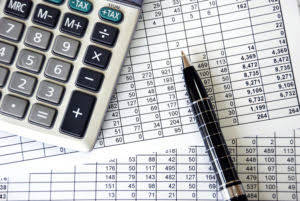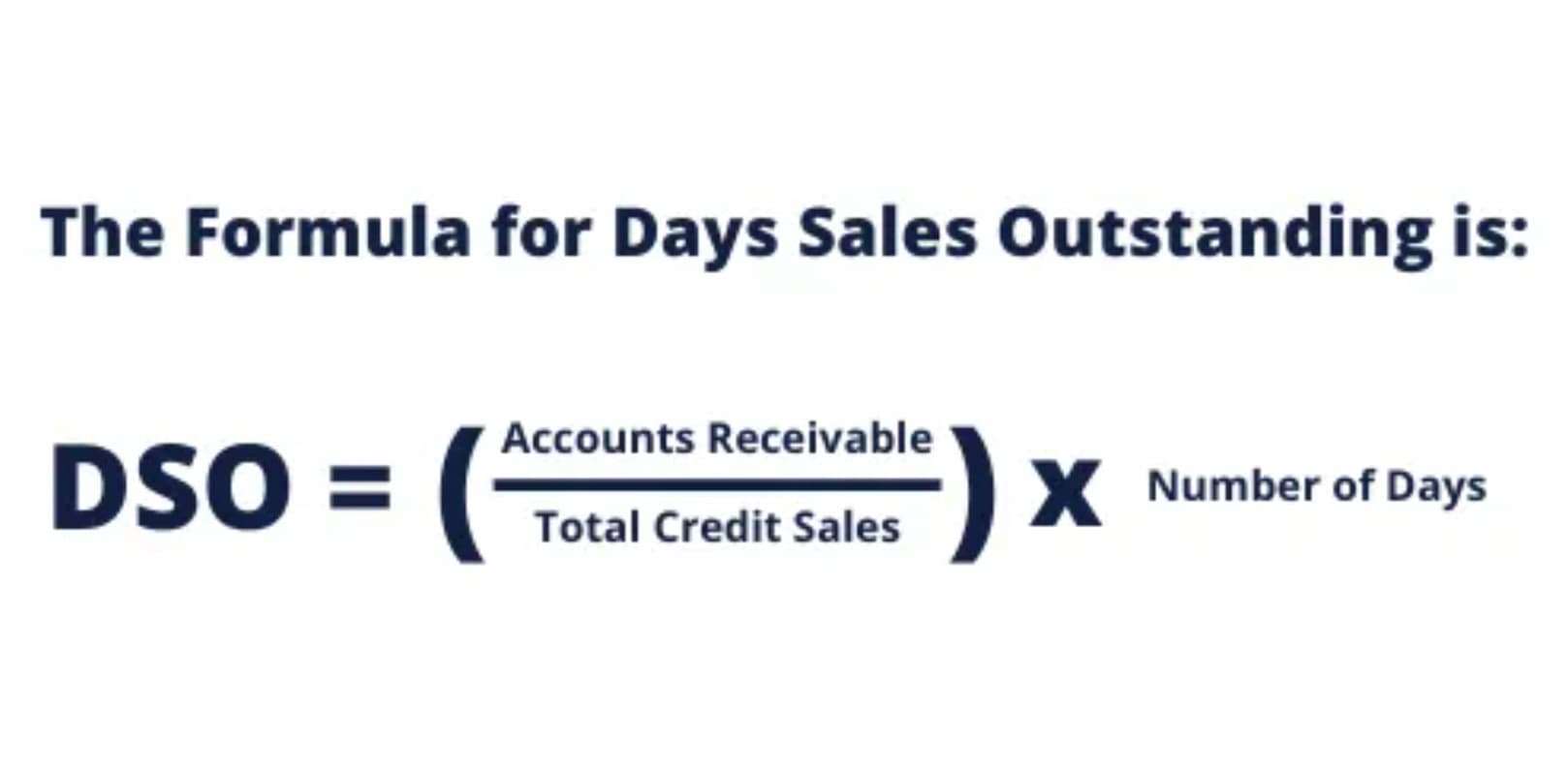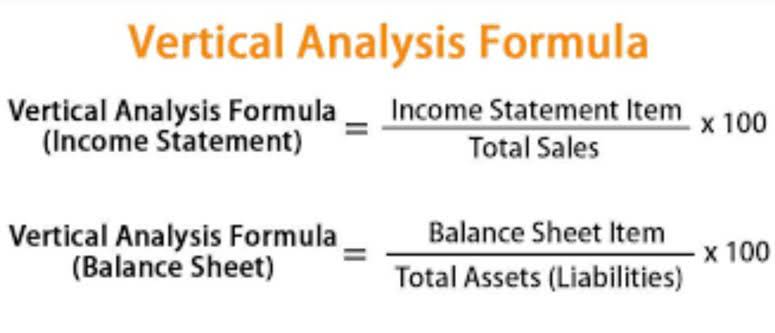
While business valuation formulas provide a structured approach to determining a company’s income statement worth, they also have inherent limitations. The best advice is to use as many measures as possible to arrive at a valuation. The more insights you can garner on its revenues, EBITDA, free cash flows, assets and real options, the better a perspective you gain of the company’s true value. The problem then arises of how to accurately project discounted free cash flows (FCF), using a weighted average cost of capital (WACC) several years into the future. Even small differences in the metrics, growth rate, the perpetual growth rate and the cost of capital can lead to significant differences in valuation, fueling criticism of the method. Business valuation refers to the process of assessing the economic value of a business.

Enterprise Value to EBITDA Multiple Valuation Formula
A business valuation is the process of determining the economic value of a business. All areas of a business are analyzed during the valuation process to determine its worth and the value of its departments or units. Using the best valuation formula to determine your biggest asset’s worth, as well as the decision to exit business ownership, is a significant life event. The ratio doesn’t tell you exactly, but one thing it highlights is that the market believes Tesla’s future growth rate will be close to its cost of capital. This technique is highlighted in Leading with Finance as the gold standard of valuation.
Peer Group Analysis
- The SDE method is part of a larger category of methods known as multiples of earnings.
- This method smooths out price fluctuations and prevents extreme variations in COGS, making it useful for businesses with large volumes of similar items.
- You could then imagine that Tesla might have a cost of capital of 20 percent and a growth rate of 17.2 percent.
- Each one has issues, so the buyer and seller can be expected to argue over the real value of the entity.
- Anyone reading the valuation should be able to arrive at the same conclusion as the individual conducting the valuation based on the information provided.
- Join hundreds of owners who want to share their experiences, learn from each other and get better results from the businesses they run.
- Discounted cash flow analysis is the process of estimating the value of a company or investment based on the money, or cash flows, it’s expected to generate in the future.
You can calculate the value of your business manually by following the three steps below, taking seller’s discretionary earnings Food Truck Accounting (SDE) and applying an industry multiple. This is a simple method that can be applied when learning how to value a small business, and is appropriate for many small businesses. Other valuation methods exist, and may be more appropriate depending upon the complexity and structure of the target business. To learn more, check out the How-to Guide on business valuation based on discounted cash flows.

Single Entry VS Double Entry Accounting: A Comprehensive Guide
If pre-tax profit is used, commonly applied profit multiples for small businesses would be between 3 to 4 and occasionally 5. The P/E multiples may be applied higher for larger publicly traded companies, business valuation formula normally anything from 7 to 12 and in some cases, when they have high growth potential, even more. This is one of the main reasons why large corporations can acquire a smaller business and instantly revalue them at a higher price. Your business is your major asset and it is understandable that you want to know its value. The science part is when valuing your business – you have to apply standard methods.

Business Valuation Methods
To dive deeper into LTV/CAC, its nuances, and how to improve it using limited resources, consider taking an online course like Entrepreneurial Marketing. In it, you’ll immerse yourself in interactive exercises and real-world examples to develop a proven toolkit for identifying, influencing, and acquiring customers. Once you’ve determined it, you must decide what to do with the information and develop strategies for improving it. Entrepreneurs typically monitor key performance indicators, such as revenue, conversion, or adoption, to gauge effectiveness. But perhaps the most common metric for measuring a new venture’s success is what’s known as the LTV/CAC ratio.

He recently spent six years leading a team of small business financing professionals, facilitating the deployment of critical capital to over 9,000 small businesses across the US. In this article, we focused on valuing a business using a multiple of SDE, which is a popular and effective method. Business valuation specialists generally prefer the SDE method when valuing a business worth $1 million or less.
- This valuation method is a good way to value a company if you have access to data on similar businesses that have been sold recently.
- In general, no fixed rules or formulas apply to value how much your business is worth.
- If your ratio is in the one to two range, you’re breaking even or only doing slightly better, which may concern investors interested in greater profits.
- Amortization is the same as depreciation but for things like patents and intellectual property.
- If you are new to HBS Online, you will be required to set up an account before starting an application for the program of your choice.
- Read more about Asset-Based Business Valuation Formula and other methods to assess a business’s worth.
- So, if the owner’s company has sales of $2,000,000, then the 0.5x multiple can be used to derive a market-based valuation of $1,000,000.
How to Calculate Cost of Goods Sold?
EBITDA or Earnings Before Interest, Tax reduction, Depreciation and Amortization are similar to EBIT. In addition, it explains that profit or adjusted profit is without the effect of any corrections due to the devaluation of assets or repayment of any business loans. For some companies, it is wise to make further corrections in a profit multiplier calculation, such as EBIT or Earnings Before Interest and Tax.
